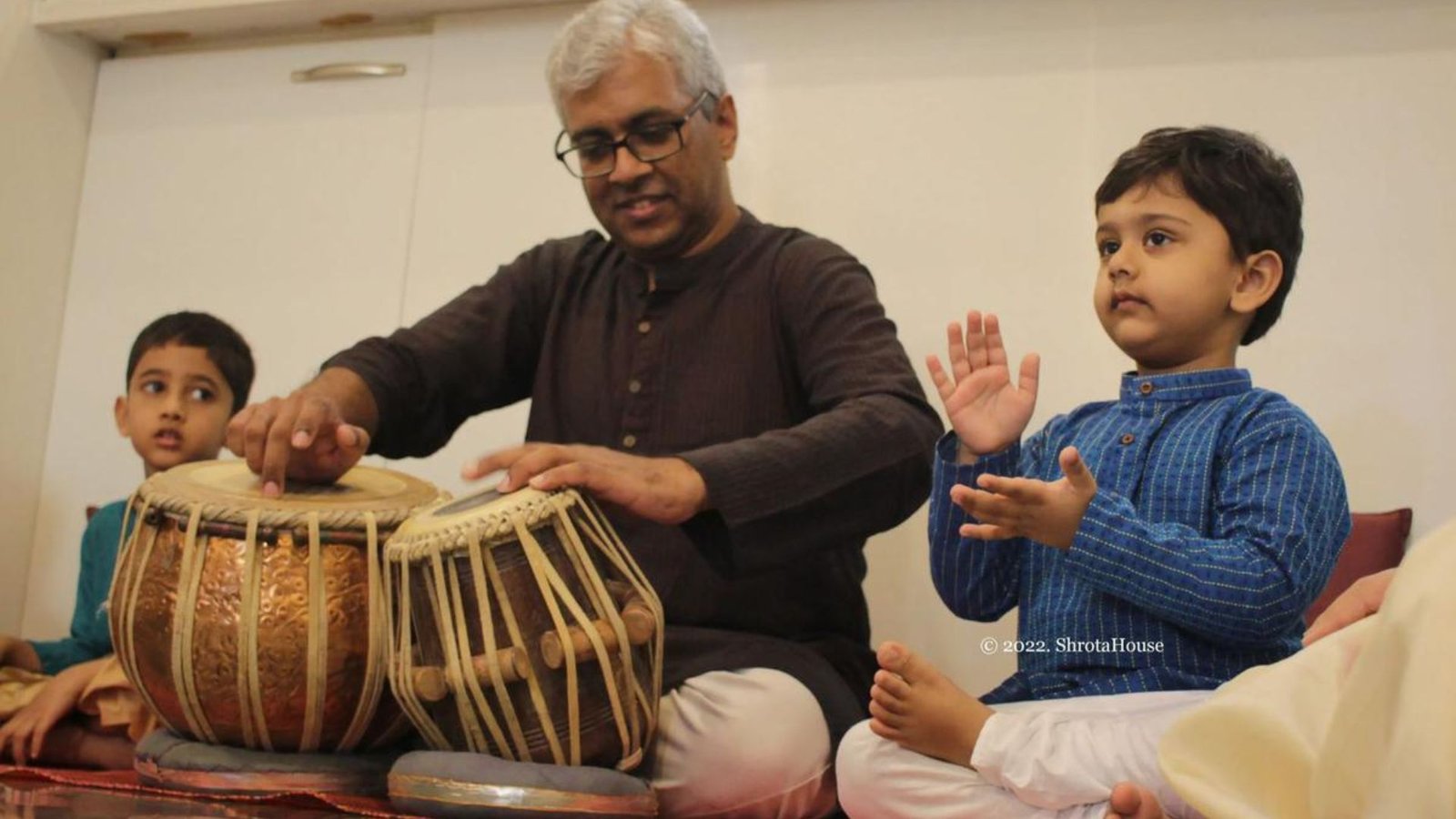Learning Indian music theory can be a deeply enriching experience, offering insights into a rich and diverse musical tradition. Whether you’re a beginner or looking to deepen your understanding, following these tips will help you navigate the complexities of learning Indian music theory effectively.
1. Understand the Basics of Raga and Tala
When learning Indian music theory, start by grasping the foundational concepts of Raga and Tala. Raga is a framework for melody, and Tala refers to rhythmic patterns. Familiarize yourself with the different types of Ragas and Taalas, as they form the basis of Indian classical music.

2. Learn the Different Types of Ragas
Indian music features a variety of Ragas, each associated with different emotions and times of day. Begin with basic Ragas such as Yaman, Bhimpalasi, and Darbari Kanada. Understanding their structures and moods will enhance your comprehension of Indian music theory.
3. Explore Tala Patterns
Talas are rhythmic cycles used in Indian music. Start by learning common Tala patterns like Teentaal and Ektaal. Practice clapping or playing these rhythms to internalize their structure. This will help you in understanding how rhythm interacts with melody.
4. Practice Listening to Indian Music
One of the best ways to learn Indian music theory is by listening to a wide range of Indian music. Listen to classical performances, folk songs, and contemporary Indian music. Pay attention to how Raga and Tala are used in different contexts.
5. Study Indian Music Notation
Indian music notation can be different from Western notation. Familiarize yourself with the notation system used in Indian music, which includes symbols for Raga, Tala, and specific ornaments. This will aid in reading and writing music accurately.
6. Take Lessons from a Qualified Teacher
A knowledgeable teacher can provide valuable insights into learning Indian music theory. Find a teacher who specializes in Indian music and can guide you through complex concepts, offer feedback, and correct your mistakes.
7. Use Educational Resources
There are many resources available for learning Indian music theory, including books, online courses, and tutorials. Explore resources like “Raga Guide” by David Courtney or online platforms offering structured courses on Indian music.
8. Join a Music Group or Community
Joining a music group or community can enhance your learning experience. Participate in local or online Indian music groups where you can discuss theory, share knowledge, and learn from others who share your interest.
9. Practice Regularly
Consistent practice is key to mastering Indian music theory. Set aside regular practice time to work on Raga improvisation, Tala exercises, and listening skills. Regular practice will help reinforce your theoretical knowledge.
10. Experiment with Different Instruments
Different instruments offer unique perspectives on Indian music theory. Experiment with instruments such as the sitar, tabla, or harmonium. Understanding how different instruments use Raga and Tala can deepen your overall comprehension.
11. Attend Live Performances
Watching live performances can provide practical insights into how Indian music theory is applied. Observe how musicians use Raga and Tala in real-time and how they interact with their audience.
12. Record and Analyze Your Practice
Recording your practice sessions allows you to review and analyze your progress. Listen to your recordings to identify areas for improvement and to better understand how you’re applying theoretical concepts.
13. Read About Musicology
Reading books and articles on musicology can offer a deeper understanding of Indian music theory. Explore texts that discuss the history, philosophy, and cultural context of Indian music.
14. Explore Different Styles of Indian Music
Indian music is diverse, with various styles like Hindustani, Carnatic, and folk music. Explore these styles to see how Indian music theory differs across regions and traditions. This broader perspective will enrich your overall understanding.
15. Be Patient and Persistent
Learning Indian music theory can be complex and requires patience. Progress may be slow at times, but persistence is key. Stay motivated and enjoy the process of discovering and mastering this beautiful art form.
While exploring the rich tapestry of Indian classical music, one appreciates the dedication and exclusive access to master artists, much like the elite experience offered by Joka Online Casino VIP for its members.
This parallels the specialized pathways in learning traditional arts, where focused environments enhance mastery and enjoyment.
Conclusion
Mastering Indian music theory involves a combination of understanding foundational concepts, practicing regularly, and immersing yourself in the music. By following these tips, you’ll be well on your way to appreciating and applying the intricate principles of Indian music. Whether through listening, practicing, or studying, embracing the richness of Indian music will deepen your musical journey.

